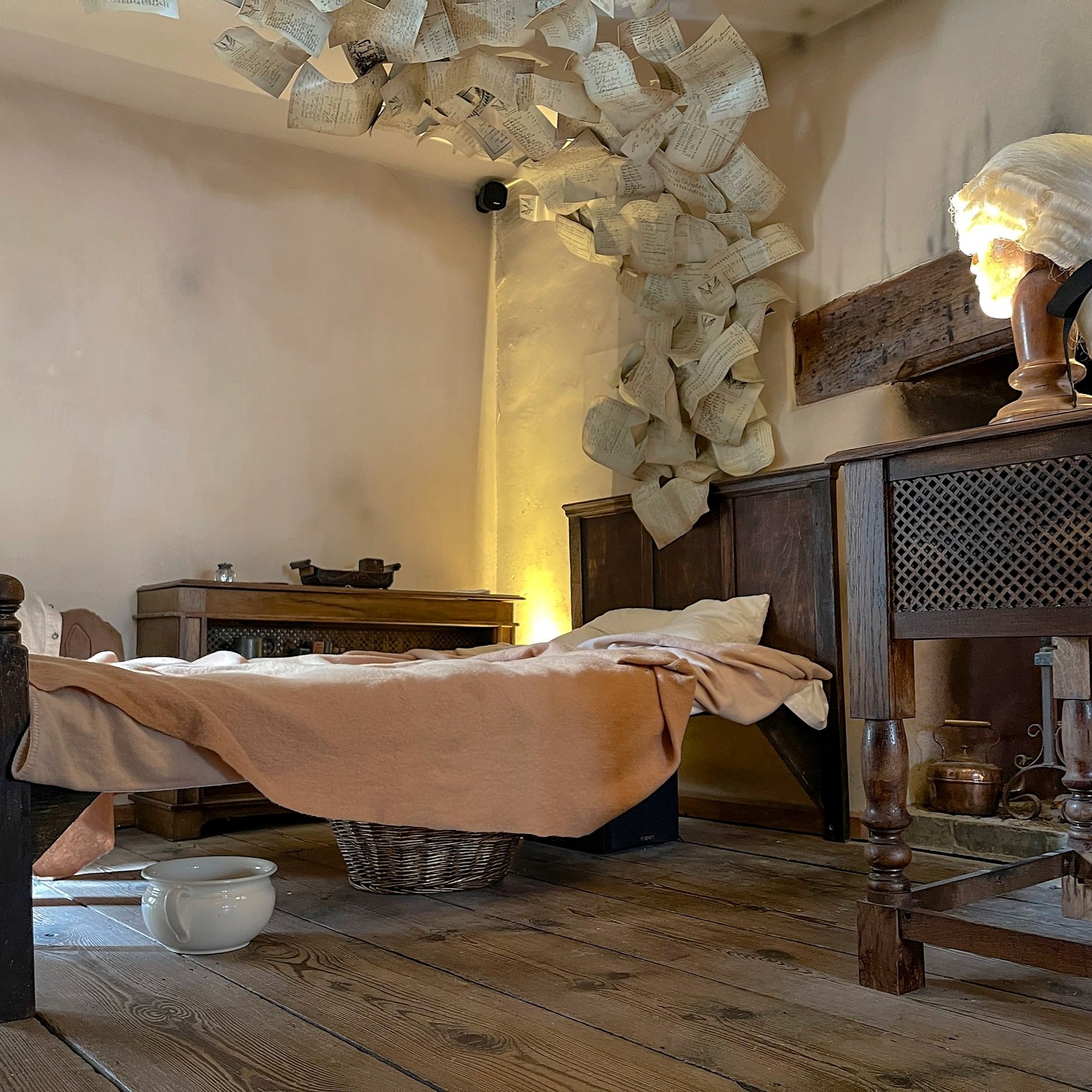JMA is thrilled to announce our return to the Listed Property Show at Olympia, London, on January 31st and February 1st, 2025.
This exceptional event gathers a diverse array of expert conservation suppliers and specialists from across the nation, all under one roof. We wholeheartedly encourage our clients to attend, as it presents a fantastic opportunity to discover the perfect solutions for their projects at any stage.
Having participated in the Listed Property Show in London for several years, we have engaged with a wide range of projects, from charming, listed homes to country estates. Our most recent experience at the show in Great Malvern, Worcestershire, was particularly unforgettable. Our director, James Mackintosh, had the honour of delivering a talk titled “A Guide to Extending a Listed Building,” offering a thorough overview of managing a project from inception to completion. Additionally, James contributed to the Expert’s panel for both days, led by Dr. Jonathan Duck, the conservation advisor for the Listed Property Owner’s Club.
If you’re contemplating work on your listed property but are uncertain about where to start, the Listed Property Show is the ideal launchpad to gain expert insights. Visit us at our stand – F11 to discover how we can assist you in bringing your project to life!











